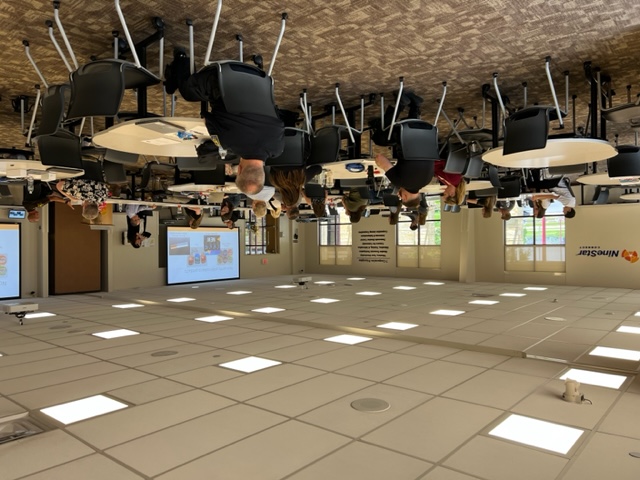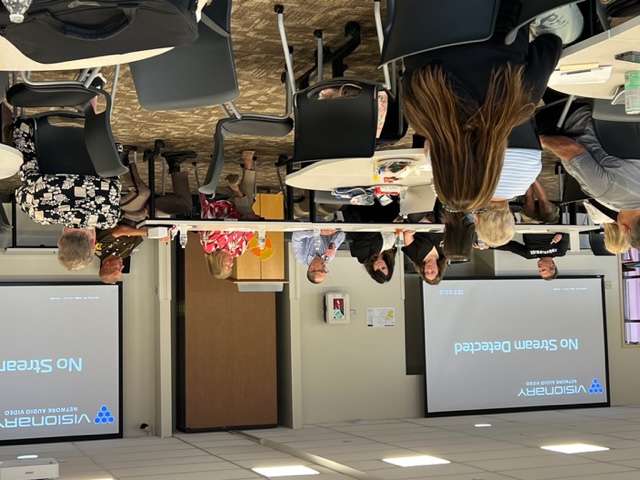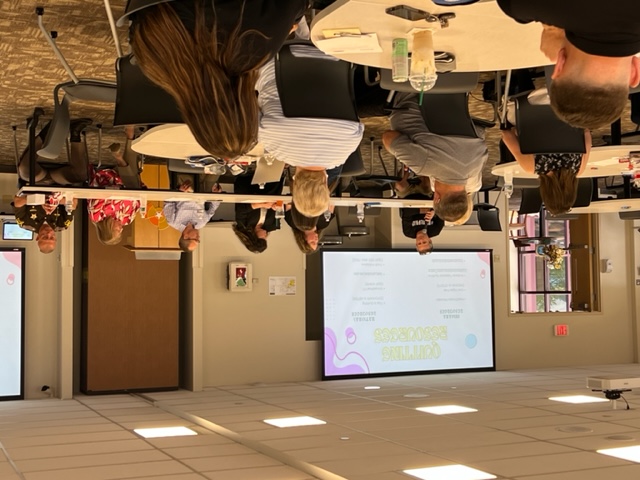
|
Back to Success Stories
A Community Conversation on Youth Vaping and Underage Drinking
Hosted by:
Neighborhoods Against Substance Abuse

Please briefly describe your Communities Talk activity.
Neighborhoods Against Substance Abuse director, Tim Retherford; recently graduated student, Brenna Bastin; Hancock County sheriff, Brad Burkhart; Eastern Hancock athletic director, Aaron Spaulding; Hancock pediatrics physicians, Dr. Lori Wean and Dr. P. J. Halter; and Hancock County Tobacco-Free Coalition’s coordinator, Brandee Bastin, all presented from their areas of expertise. Each panelist covered both issues, with Tim Retherford focusing more on underage drinking and Brandee Bastin focusing more on vaping. Our panelists each spent 12–15 minutes presenting on the issues, including what can be done and what currently is being done to address them. A conversation was allowed with each panelist and the attendees through a Q and A. Lunch was paid for by attendees to stay in compliance with the federal guidelines.

How does alcohol and other drug misuse affect your community?

Our community has worked together for the last decade to have a positive impact with regard to underage drinking, and we have made great strides. However, there is still work to do. Youth vaping is fast becoming an epidemic, and it made sense to partner with our local tobacco prevention coalition to address both youth issues. Underage drinking and vaping are the largest youth substance abuse issues in our community, and it made sense to educate parents and professionals on both issues.

Which prevention strategy(ies), as defined by SAMHSA’s Center for Substance Abuse Prevention, best fit your Communities Talk activity?
- Education Strategy - focuses on “two-way” communication between the facilitator and participants and aims to improve life/social skills such as decision making, refusal skills, and critical analysis.

What goal(s) did you hope to accomplish with your Communities Talk activity?
- Hold meetings or discussion groups on alcohol and/or other drug misuse prevention.

Did you accomplish your goal(s)?
Yes

What challenge(s) did you face in planning your activity this year?
- This event was coordinated successfully. We did not have any challenges planning our activity.

How did you overcome these challenges?
Didn't have any challenges. Participants are okay paying with their own lunches when we host events like this. It works better over lunch as people can usually get away at that time for these type of conversations in our community.

What are your next steps?

- Expand our coalition with new partnerships in the community

If you’ve conducted Communities Talk activities in prior years, how has your repeated participation contributed to progress in achieving your prevention goals?
It helps us to provide focused education to our parents and professionals. We have also utilized it to have community conversations with youth. It is a great tool to get people outside our coalition talking.

Which of the following best describes the primary audience(s) for your Communities Talk activity?
- Parents
- Teachers or other education staff
- Prevention specialists and volunteers
- Law enforcement officials
- Doctors, nurses, or other health care professionals
- Youth leaders (e.g., coaches, parks and recreation personnel, and scouting leaders)
- Healthcare providers

How did you reach and engage your primary audience(s) to encourage them to participate in your activity?
We sent out notices via email and posted information on social media. We had over 25 participants in addition to our presenters. This is a solid number, as we now usually see anywhere from 20–40 participants at these types of events. We used to struggle to draw 10 participants.

Which Communities Talk resources (or other SAMHSA resources) were most helpful for your activity?

- StopAlcoholAbuse.gov website
|
|
Return to Success Stories